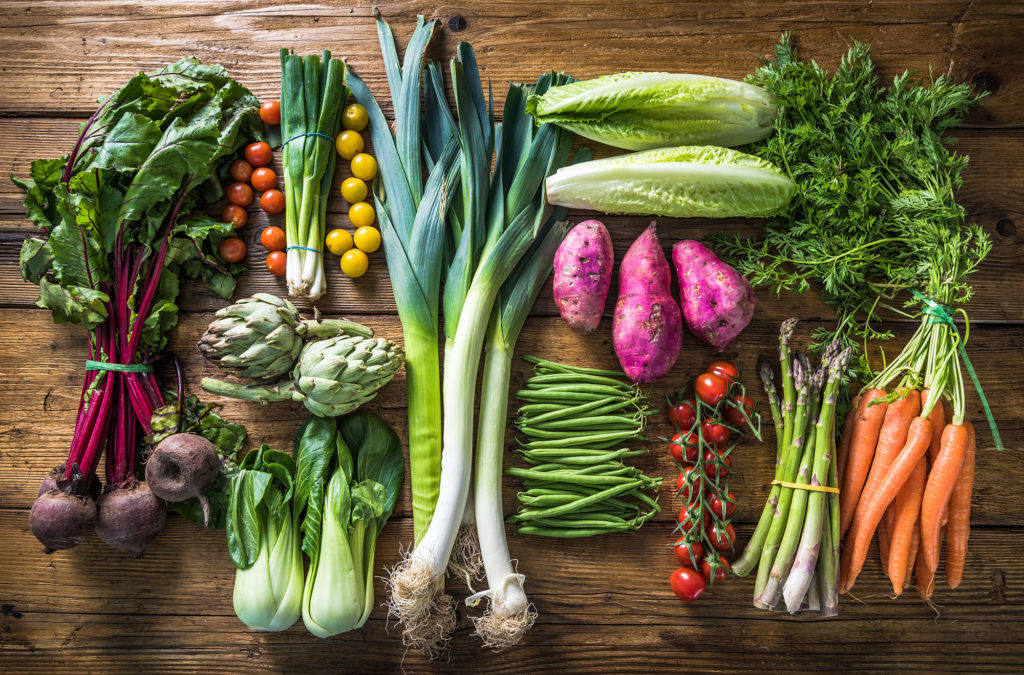
Garden Labs Experiments in Applied Science


Garden Labs Objectives:
-
List key characteristics of a garden designed to support wildlife.
-
Distinguish between data, information, knowledge and wisdom and provide examples of each.
-
Provide examples of actions associated with both information management and knowledge management.
We are headed back to the garden where many people learn more nature while growing plants.

As a warm-up, which of the foods in this photo are not vegetables?
answer: tomatoes & beans
(fruit)
Many people maintain flower and/or vegetable gardens. Another option is planting a garden specifically designed to attract wildlife, especially animals.
This video lists the various components to add to a wildlife garden.
Probably the single most important component in a wildlife garden is a consistent water source.
These wasps are drinking from one of our bird fountains on a day exceeding 100 degrees Fahrenheit (scorched grass in the background).
Gardening is often a series of experiments that generate data.
Data is information if it is new to an individual, and that information can develop into a body of knowledge. We have been collecting data on which insects are found on zinnia flowers. This data may inform how we plant our flower garden next year and into the future.

We are continually picking up raw data with our senses and processing it to see if any of it is new information, or confirms information we already have. Once processed, this information can develop into knowledge, and knowledge from multiple sources becomes the wisdom we use to make decisions.
This video defines data, information, knowledge, and wisdom.
We are continually looking for information in raw data to acquire knowledge about a situation that may develop into wisdom for future use.

Data
Data are observed facts that are unprocessed and unorganized. Data lacks context and interpretation. Examples include objects, amounts, and measurements.
Information
Information is making inferences from data, determining what is new and what confirms existing information. Information is placing data in the context of answering questions, so this is assigning purpose to the data. Information includes notes, figures, and charts.


Knowledge
Knowledge is the synthesis and structuring of information from multiple sources to develop a more complete understanding of a phenomenon. Knowledge can make information actionable, the information can be used to answer questions and solve problems. Examples of knowledge are formulas, theories, and laws.
Wisdom
Wisdom is integrating different knowledge bases and evaluating them. Wisdom is knowing what to do with the knowledge in different situations, when the knowledge is appropriate, or where more data collection is needed. Wisdom encompasses many bodies of work.

The next section links the basic field techniques we’ve used in this course to lifelong learning.

Check your knowledge. Can you:
-
List key characteristics of a garden designed to support wildlife?
-
Distinguish between data, information, knowledge and wisdom and provide examples of each?
-
Provide examples of actions associated with both information management and knowledge management?













